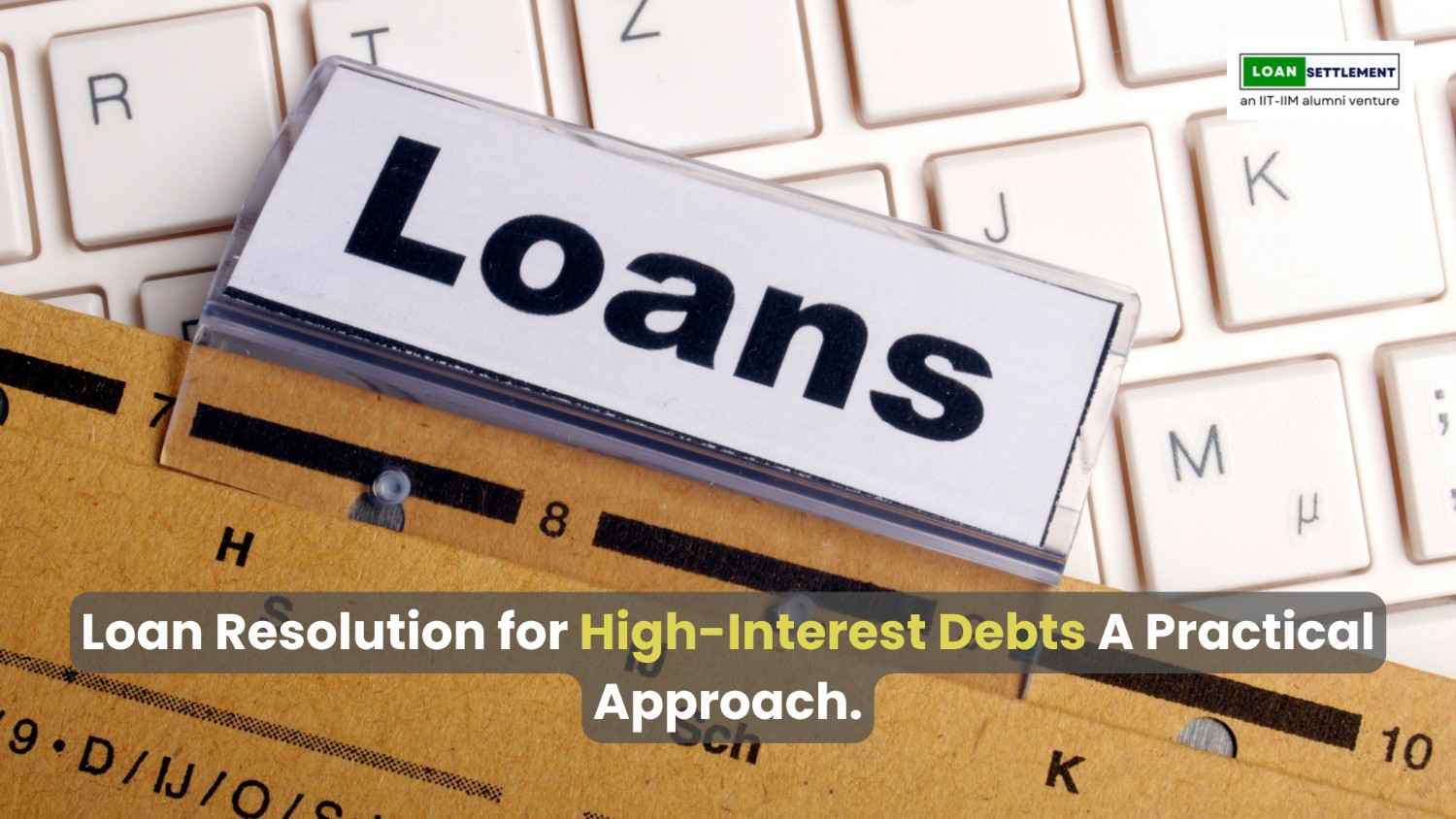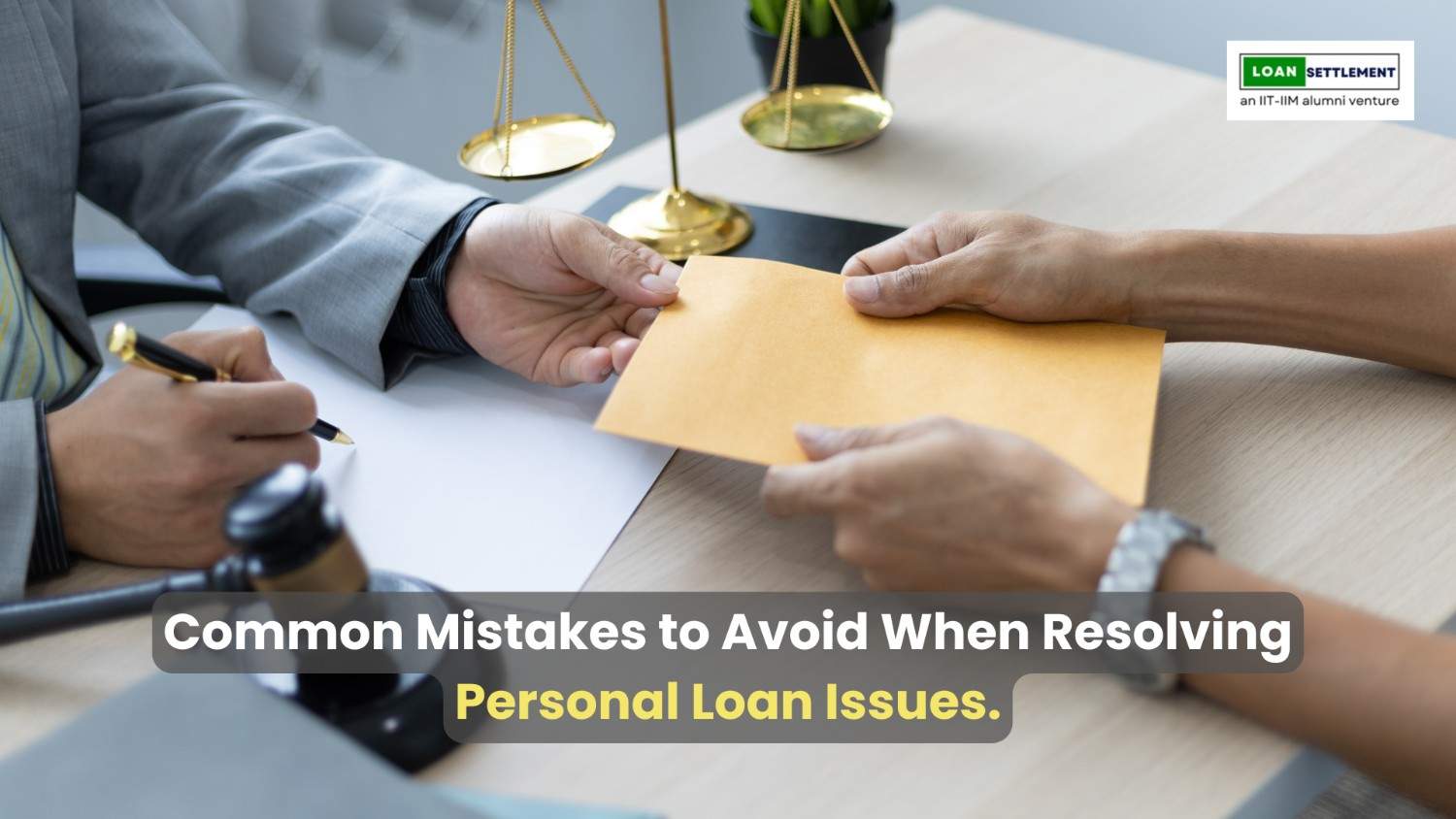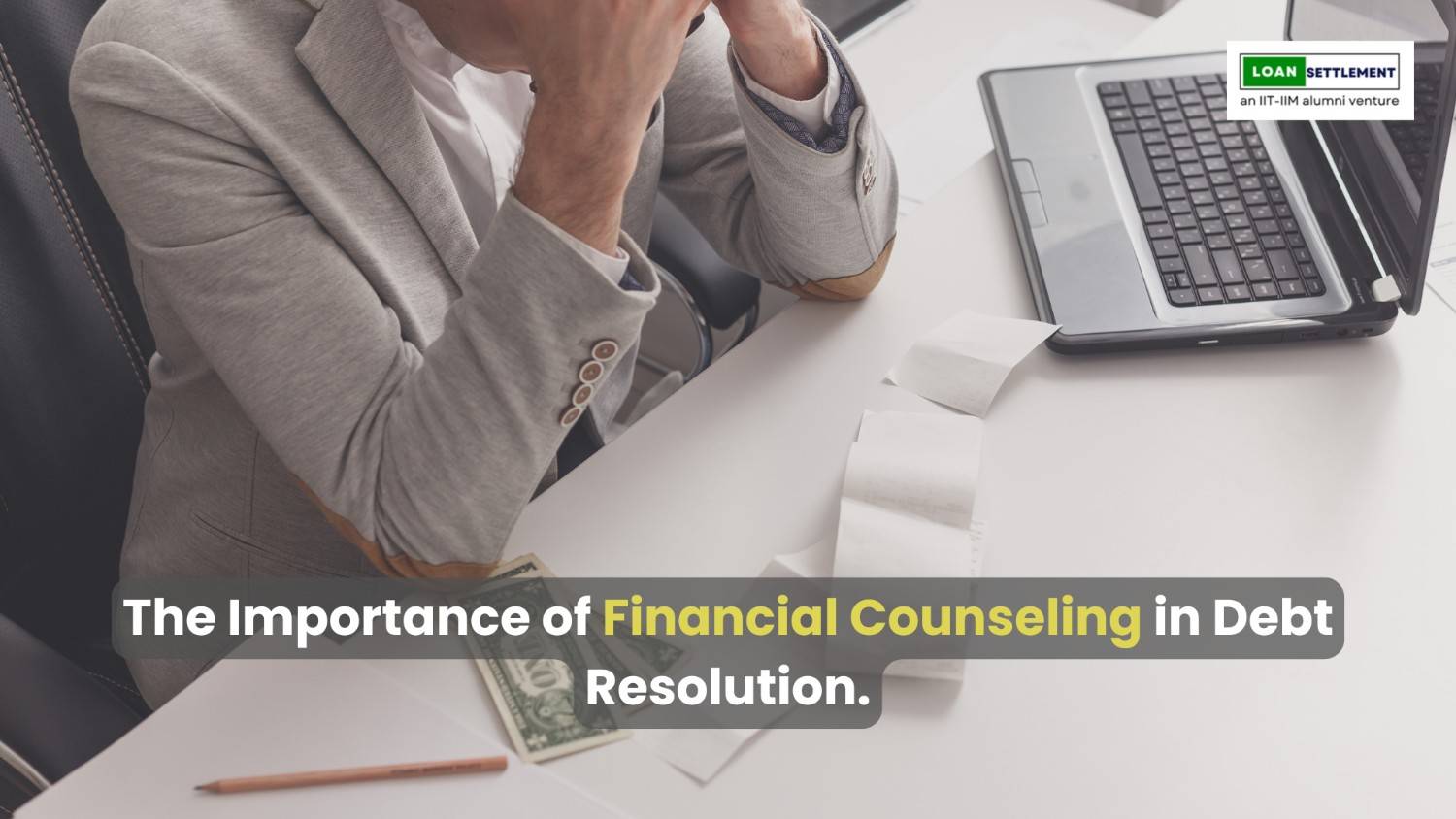· Debt Resolution · 4 min read
Loan Resolution for High-Interest Debts: A Practical Approach
High-interest debts can feel overwhelming, but loan resolution provides a practical approach to regain control. From negotiating with lenders to exploring consolidation and disciplined repayment strategies, learn how to tackle high-interest debts effectively and secure a brighter financial future.

High-interest debts can feel like a financial quicksand—you’re constantly paying but barely making a dent. Whether it’s mounting credit card bills, payday loans, or personal loans with sky-high interest rates, the burden can be overwhelming. Loan resolution offers a lifeline, a practical approach to regain control of your finances and chart a path to freedom from debt. Let’s dive into what loan resolution entails and how you can effectively use it to tackle high-interest debts.
Understanding High-Interest Debts
What Are High-Interest Debts?
High-interest debts are loans or credit balances with exorbitant interest rates, often exceeding 20-30% annually. These debts grow quickly and make repayment challenging if not managed early.
Common Types of High-Interest Debts
Credit Card Debts: Often the most common culprit, credit cards come with interest rates that can skyrocket if payments are missed.
Payday Loans: Short-term loans with extremely high interest, sometimes as high as 400% APR.
Personal Loans: While useful in emergencies, these can carry hefty rates if unsecured.
Why High-Interest Debts Can Spiral Out of Control
High interest accumulates rapidly, turning even small balances into unmanageable burdens. Coupled with late payment fees, these debts can quickly snowball, leaving borrowers trapped in a cycle of repayment struggles.
The Concept of Loan Resolution
What Is Loan Resolution?
Loan resolution involves negotiating with lenders to find manageable terms for repayment. It’s a structured process aimed at reducing financial strain without resorting to bankruptcy or default.
How It Differs From Debt Settlement
While debt settlement often involves paying less than the owed amount, loan resolution focuses on restructuring the loan terms to make repayments feasible.
Benefits of Loan Resolution Over Other Methods
Protects credit score
Reduces financial stress
Offers a clear repayment path
Practical Steps to Resolve High-Interest Debts
Assessing Your Financial Situation
Start by listing all your debts, their interest rates, and monthly payments. This step helps you prioritize which debts to tackle first.
Negotiating With Lenders
Contact your creditors to discuss options like lowering interest rates or extending repayment terms. Many lenders are open to negotiations if approached sincerely.
Consolidation of High-Interest Loans
Loan consolidation combines multiple debts into a single loan with a lower interest rate. Options include:
Balance Transfer: Transfer credit card balances to one with a 0% introductory rate.
Personal Loan Consolidation: Use a personal loan to pay off high-interest debts.
Budgeting for Loan Payments
Create a strict budget that allocates a significant portion of your income toward debt repayment. Cut unnecessary expenses to free up funds.
Seeking Professional Help
If the process feels overwhelming, consult financial advisors or credit counselors for tailored advice.
Loan Resolution Strategies
Refinancing Options
Refinancing allows you to replace a high-interest loan with one that has better terms, reducing monthly payments and total interest paid.
Debt Snowball and Avalanche Methods
Snowball Method: Pay off smaller debts first to build momentum.
Avalanche Method: Focus on debts with the highest interest rates for maximum savings.
Loan Repayment Programs
Explore government or private repayment programs designed to assist borrowers in financial distress.
Alternative Financial Avenues
Consider borrowing from family or friends, or tapping into savings to clear high-interest debts.
Avoiding Common Pitfalls
Mistakes to Avoid During Loan Resolution
Ignoring lender communication
Taking on new high-interest debts
Not having a repayment plan
Predatory Practices to Watch Out For
Be wary of scams and predatory lenders offering “too-good-to-be-true” solutions.
Success Stories in Loan Resolution
Hearing real-life stories of individuals who overcame high-interest debts can be inspiring. For example, one individual consolidated their debts, stuck to a strict budget, and became debt-free in two years.
The Role of Financial Discipline
Loan resolution is only effective when paired with financial discipline. Building an emergency fund and sticking to a budget can prevent future debt crises.
When to Seek Legal Help
If creditors resort to harassment or illegal practices, consult a lawyer to understand your rights and protect yourself.
Conclusion
Resolving high-interest debts requires a proactive and disciplined approach. By understanding your financial situation, exploring loan resolution options, and seeking professional help when needed, you can break free from the chains of debt and secure a brighter financial future.
FAQs
What is the best strategy for loan resolution?
The best strategy depends on your financial situation, but a combination of negotiation, consolidation, and disciplined repayment is often effective.
Can high-interest debts be written off?
In rare cases, debts can be written off through bankruptcy or lender forgiveness, but these options have significant consequences.
Is loan consolidation always a good idea?
Loan consolidation can simplify payments and lower interest rates but is only effective if it doesn’t lead to new debts.
How do I negotiate with creditors?
Be honest about your financial struggles and propose realistic repayment plans. Most lenders prefer negotiation over defaults.
When should I seek professional help?
Seek help if you’re overwhelmed or unsure of the best course of action. Credit counselors and financial advisors can provide guidance.



.BdWlxAiH.jpeg)